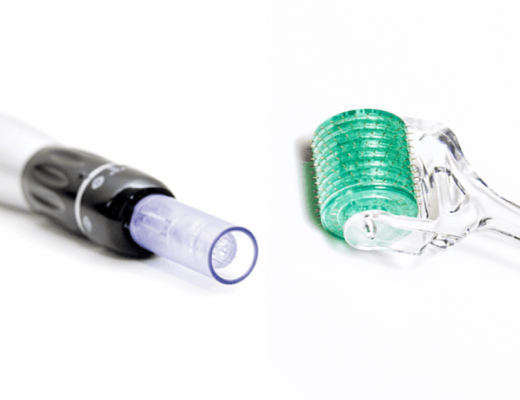A termite infestation is one of the biggest banes to homeowners. Not only can termites wreak costly havoc on your homes, but they can also bring about untold health risks that can be dangerous for you and your family. So when building a new home or pest-proofing your existing one, you need to make sure you get the best pest control services and Zothex Flooring to ensure you have a termite-free home.
One huge reason why you need to get your home inspected for termites is the fact that most home insurances don’t cover termite infestation damage. It is recommended that you have your home inspected at least once every month, more if you live in high-risk areas. This is also to make sure you adhere to environmental standards and of course, to ensure that you don’t incur costly structural damages.
Termite inspections usually start by identifying the areas that are most likely to be infested if they aren’t already infested with termites. These areas include basements, crawlspaces, and attics. Inspectors will also look for signs of a termite inspection like mud tubes and shed wings on windowsills. The inspector will also be tapping against walls to listen for hollow sounds or see if the hammer is able to punch a hole in the wall. They will also be using specialized equipment like moisture meters, torches, and flathead screwdrivers to lift up timber slats and inspect underneath for the presence of termites.
Termite inspections are designed to detect old termite damages as well as to help you prevent a re-occurrence. As a homeowner, you need to know that there are two types of termite inspection that can be conducted: a full inspection and a limited inspection. A full inspection is most recommended for newly-built homes or for those who are planning to buy a new home so that all vulnerable areas can be checked and problem areas remedied before the homeowner occupies the new home. A full inspection requires the entire house to be inspected inside and out – from the home foundations to the attic area, from the ventilation to the shower stalls.
A limited inspection, on the other hand, involves an inspection of localized areas of the home for a possible infestation and is usually done for free. Other types of inspection that can be carried out are supplemental inspections, where the pest control company examines areas that were formerly inaccessible, and re-inspections where the pest control company re-examines and verifies the findings of another pest control company.
And lastly, once the inspection is done, you can expect the building report to be produced. These reports are usually comprised of two sections: the first section lists in detail the structural damage found and the species of termites responsible for the damage. All damages found under this section must be remedied immediately to prevent them from going further.
The second section lists in detail areas of the house that are most vulnerable to an infestation and includes possible causes like water leaks or exposed wood. It will also include the inspector’s recommendations to prevent further structural damage and the reasons why they must be done. Among other details that the inspection report will include are service quotes and a work authorization form that the homeowner signs so that action can be taken against the damages listed in the report.




